I want to create dataframes in a for loop where every dataframe gets a value specified in a vector. It seems very simple but for some reason I cannot find the answer.
So what I want is something like this:
x <- c(1,2,3)
for (i in x) {
df_{{i}} <- ""
return df_i
}
The result I want is:
df_1
df_2
df_3
So df_{{i}} should be something else but I don't know what.
EDIT: I have solved my problem by creating a list of lists like this:
function_that_creates_model_output <- function(var) {
output_function <- list()
output_function$a <- df_a %>% something(var)
output_function$b <- df_b %>% something(var)
return(output_function)
}
meta_output <- list()
for (i in x) {
meta_output[[i]] <- function_that_creates_model_output(var = i)
}
